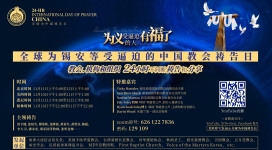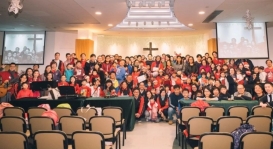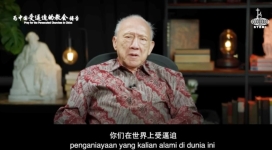KHAO LAK, Thailand - It's been two years since Dorothy Wilkinson's fiance and his parents were swept away by the Indian Ocean tsunami, but she still feared returning to where she lost them and the tears well up when she talks of it.
But like scores of other survivors of the 2004 disaster that claimed an estimated 230,000 lives in a dozen nations, Wilkinson, 38, came back Tuesday to the beaches where the tsunami struck to pay respects and take another tentative step toward rebuilding her own life.
"This is a time to remember those people who we lost," said Wilkinson, a native of England, at a memorial service. "I'm still sad. I don't want to spend Christmas at home. It is too lonely."
It was on Dec. 26, 2004, that a magnitude-9.0 earthquake off Indonesia's Sumatra island spawned the giant waves that fanned out across the Indian Ocean at jetliner speeds, leaving at least 230,000 dead and millions of homeless in its wake.
Mourners across the region marked the anniversary by visiting mass graves, lighting candles along beaches, and observing moments of silence. But another push was underway, as volunteers and residents took steps to protect against future tsunamis.
Indonesia — where entire villages were swept into the ocean — held its largest-ever tsunami drill. In Sri Lanka, the first of 100 tsunami warning towers were erected on a beach. Volunteers in Malaysia replanted mangroves, which some say act as a natural protective barrier against tsunamis.
The drill on Indonesia's resort island of Bali, which involved real-time warnings sent from the capital to radios along the beach, was as much about raising awareness as testing technology deployed in the country hardest hit two years ago.
Sirens wailed as masses, many of them school children, briskly walked inland from the shore, accompanied by Indonesia's minister of research and technology and a handful of foreign tourists.
"The biggest challenge is working with the people to make them aware," said German geologist Harald Spahn, who is helping Indonesia set up its alert network. "It is a really complex job that many people underestimate."
In Thailand, ceremonies were being held along the Andaman coast with Buddhist prayers to remember more than 8,200 killed, many of them tourists. Balloons will be launched and candles lit along beaches again filled with sun-seeking foreigners. In India — where 18,000 died — interfaith ceremonies were held.
The 2004 tsunami generated an unprecedented outpouring of generosity, with donor pledges reaching some $13.6 billion. But many of the homeless complain they are stuck with poorly built structures that leak, are termite-infested or located in flood zones.
Corruption has also marred the process, with several nongovernment organizations forced to delay projects or rebuild homes after contractors and suppliers ran off with the funds.
Thailand faced fresh questions about possible graft on Tuesday.
Seven Western nations sent a letter to Thai police saying up to 60 percent of the $1.6 million set aside to help identify the dead in that nation appears to have been misused.
The money may have gone toward travel and other miscellaneous costs, an unnamed U.S. diplomat was quoted as saying in the English-language daily newspaper The Nation, calling for an investigation.
Back in the hard-hit Aceh region on Indonesia's Sumatra island, Zaldi Setiawan was focused on honoring the memory of his two children, who were ripped from his hands by the force of the waves.
"I cannot forget the events of two years ago; it feels like they happened just yesterday," Setiawan said while praying at one of the mass graves where tens of thousands were buried after the disaster. "I can still imagine their faces."
Associated Press Writers Chris Brummitt in Bali, Indonesia, Gavin Rabinowitz in New Delhi, Vijay Joshi in Kuala Lumpur, Malaysia, and Dilip Ganguly in Colombo, Sri Lanka, contributed to this report.







